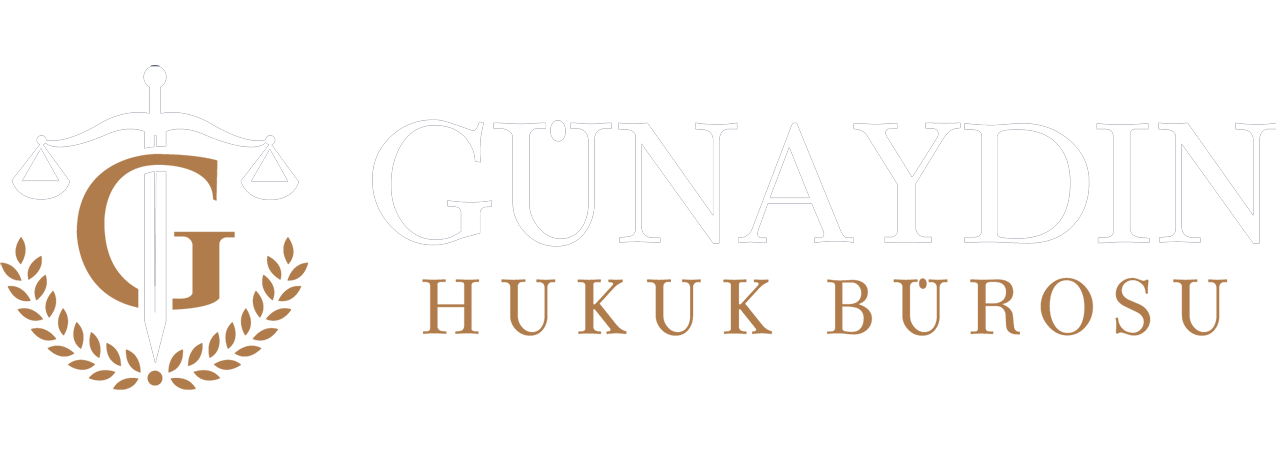Execution is the process of seizing the assets of a debtor person by a court decision in order to collect the receivable of a creditor. The enforcement action ends if the debtor pays the debt. However, if the debt is not paid, the enforcement process continues.
The execution process starts with a court decision. The creditor applies to the enforcement office to initiate enforcement proceedings against the debtor. Execution offices take all necessary actions to collect the debt by seizing the debtor’s assets.
Firstly, the enforcement offices request a declaration of assets to determine the debtor’s assets. The debtor must state all assets he/she owns. The declaration of assets includes real estate, immovable property, vehicles, bank accounts and all other assets.
After the declaration of assets has been received, the enforcement offices seize the debtor’s assets and take all necessary actions to collect the creditor’s receivables. These actions include the sale of real estate, sale of vehicles, seizure of bank accounts and seizure of all other assets.
If the debtor does not declare all the assets included in the declaration of assets, the enforcement offices seize these assets and take all necessary actions to collect the creditor’s receivable.
As a result, an enforcement action is the process of seizing the assets of the debtor in order to collect the creditor’s debt. Execution offices determine the assets of the debtor and take all necessary actions. These actions include the sale of real estate, sale of vehicles, seizure of bank accounts and seizure of all other assets. The debtor must declare all assets in the declaration of assets. Otherwise, the enforcement offices take the necessary actions to collect the creditor’s receivables by seizing the assets that the debtor cannot identify.

